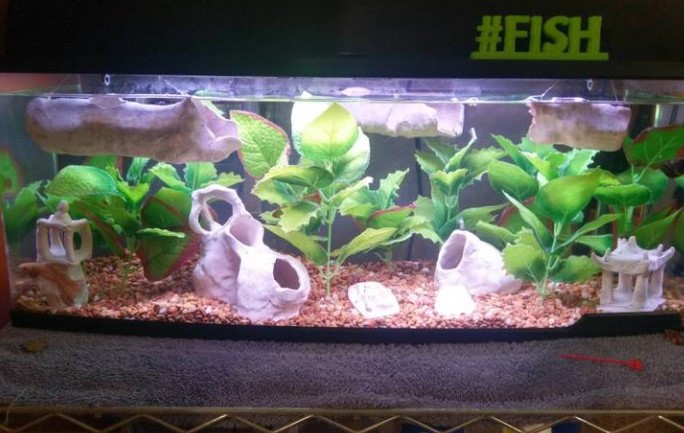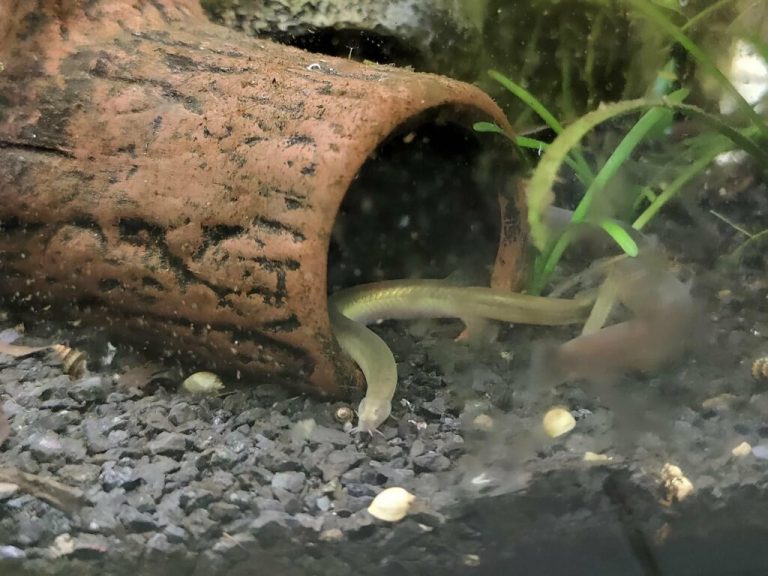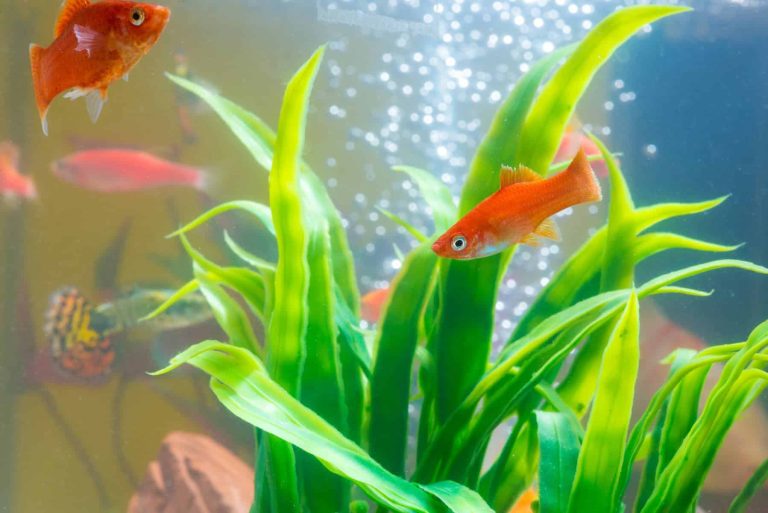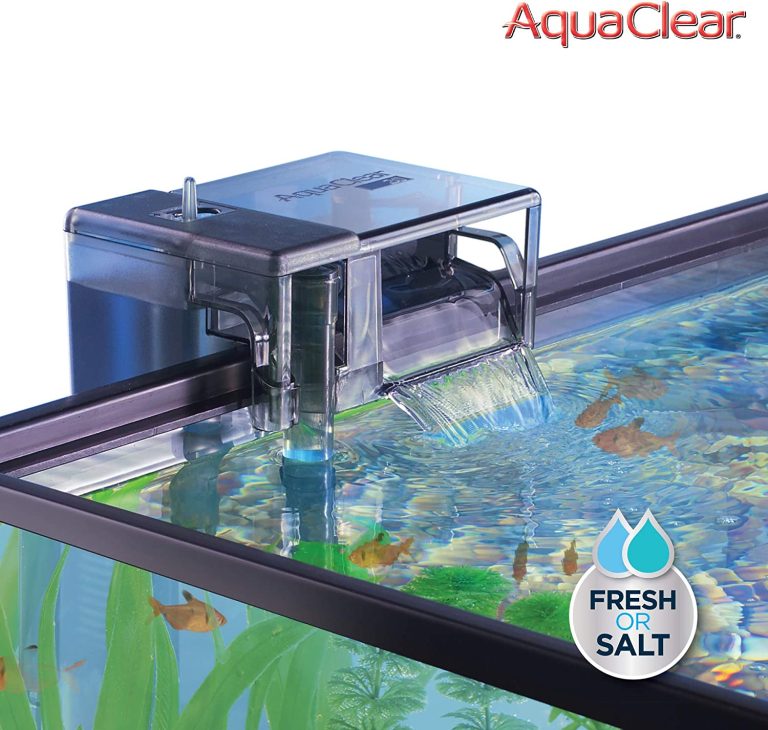Beach Sand in Your Aquarium: Dos and Don’ts
No, using beach sand in your aquarium is not recommended. It can be harmful to your fish and plants due to the presence of pollutants and chemicals.
Aquarium owners often get tempted to use beach sand as a cheaper alternative to aquarium sand or gravel. However, beach sand is not safe for aquariums because it can contain toxins like pesticides, fertilizers, and oil residues. Chemicals like these can seep into the water and harm your pets, resulting in health problems or death.
Moreover, beach sand is not consistently sized and can cause water cloudiness and filter clogs. Therefore, it is advisable to invest in sand or gravel specifically intended for aquarium use. It may cost more, but it will ensure a safer and healthier environment for your aquatic pets.
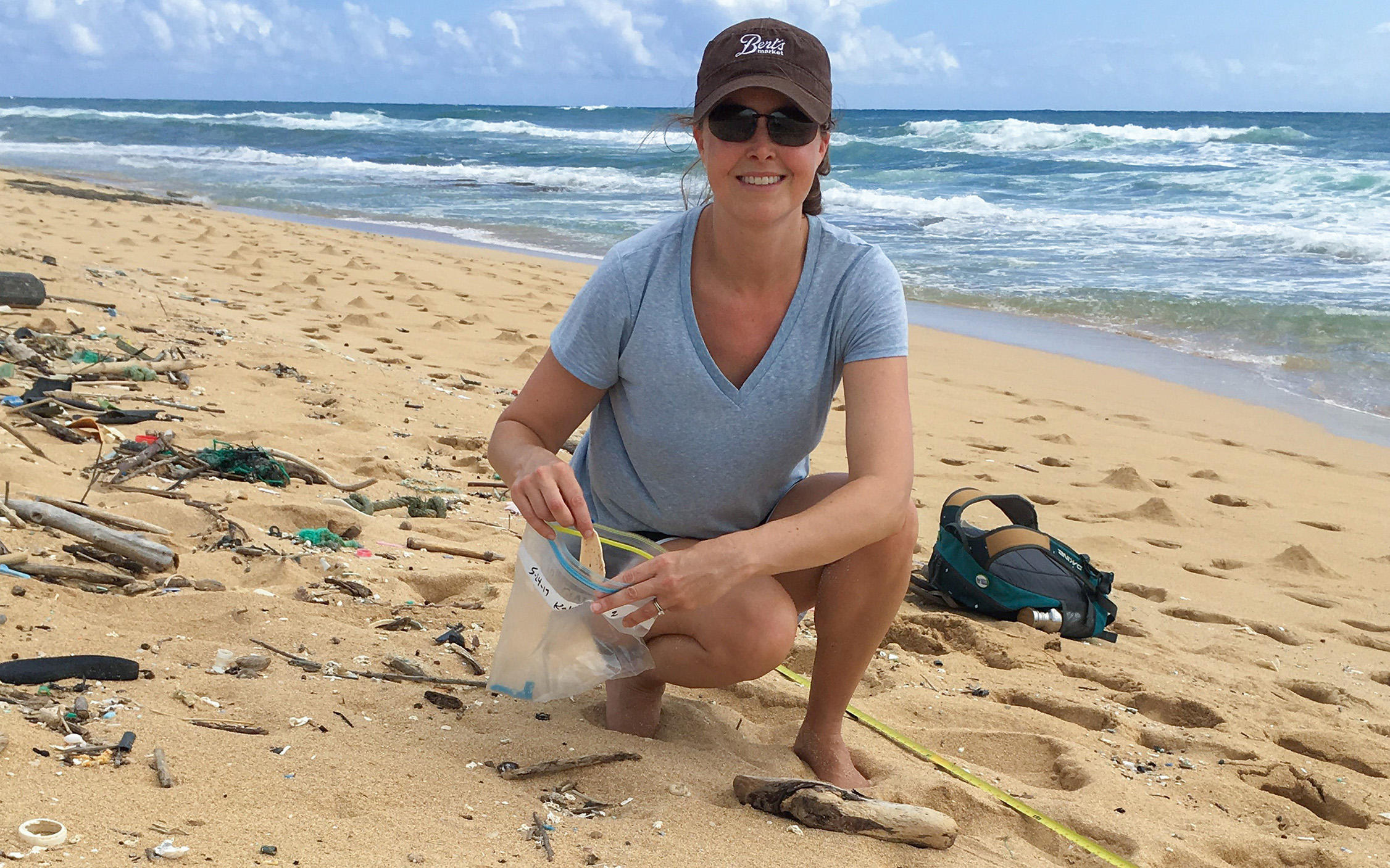
Credit: www.nist.gov
Understanding The Pros And Cons Of Beach Sand For Your Aquarium
Beach sand has always been popular in the aquarium hobby, but is it safe for your fish and coral? This article will explore the pros and cons of using beach sand in your aquarium, so you can make an informed decision about using it.
The Benefits Of Using Beach Sand:
Beach sand can be visually appealing and is a popular substrate choice for its natural look. Additionally, it is known for its ability to buffer ph, helping to maintain a stable environment for your aquatic pets. Here are some of its advantages:
- Provides a natural aesthetic appeal
- Acts as a ph buffer
- Cost-effective compared to other aquarium substrates
- Easily available and can be found at most locations
The Risks Of Using Beach Sand:
Using beach sand in your aquarium can come with some risks as well. Beach sand could contain harmful toxins or pollution like copper or lead that can lead to illness for your fish and damage to your coral. Moreover, it is not always the best choice, especially for some types of fish or live plants that need specific conditions.
Here are some of the associated risks:
- High levels of toxins and pollution that might harm your fish and coral
- Inconsistent grain size, poor water flow, and difficult for most aquatic life to burrow or dig through
- Susceptible to developing anaerobic areas in your tank, resulting in unpleasant odors
Using the beach sand in an aquarium has both benefits and drawbacks. Whilst it is visually appealing and economic, it may pose some risks that can harm your aquatic life. Most importantly, make sure that you understand your needs as well as the requirement of the fish and plants before making a choice.
Key Considerations When Choosing Beach Sand For Your Aquarium
Beach sand may seem like an ideal option to use as substrate in aquariums due to its natural appeal and affordability. However, not all sand is created equal, and choosing the wrong type can cause harm to your aquatic pets and negatively impact the water quality.
We will discuss the key considerations when choosing beach sand for your aquarium, so you can make an informed decision and provide a healthy environment for your fish.
Types Of Beach Sand
There are various types of beach sand available, and it’s essential to select the right one based on the size, type, and quality. Here are some common types of beach sand for aquariums:
- Coral sand: Made of crushed coral skeletons and ideal for aquariums with marine animals who prefer a high ph environment, such as saltwater tanks.
- Aragonite sand: Composed of calcium carbonate and a popular choice in reef aquariums. It helps maintain a stable ph level and aids in buffering.
- Silica sand: Made of small, smooth grains and available in various colours to create a vibrant aquarium look. It is safe if rinsed properly and does not affect the ph level.
- Play sand: Usually used in kid’s sandboxes, but it can contain impurities harmful to aquatic life. Avoid using play sand in your aquarium.
When selecting beach sand, choose the right type based on your aquarium’s inhabitants, size and aesthetic appeal.
Factors To Consider When Choosing Beach Sand
Apart from the different types of sand, several other factors need to be considered before adding sand to your tank.
- Color: Choose sand that complements the color of your fish and the overall theme of the aquarium. Avoid bright colored sand as it may bleed and harm your fish.
- Texture: Opt for fine-grained sand with a smooth texture to prevent injuries to your fish and facilitate easy cleaning.
- Ph buffering capacity: Choose sand with a high buffering capacity to stabilize your aquarium’s ph level and maintain consistency.
- Chemical composition: It’s important to avoid sand that contains chemical impurities, as it can harm the water quality and lead to health problems in your aquatic pets.
- Quantity: The amount of sand you need depends on the size of your aquarium, and generally, it’s recommended to have 1-2 inches of sand substrate depth.
Choosing the right beach sand for your aquarium can provide numerous benefits, such as stable ph levels, happy and healthy fish, and an attractively designed aquarium. By considering the factors mentioned above, you can ensure that you select the best sand for your aquarium with ease.
How To Prepare Beach Sand For Your Aquarium
Beach sand can be a great addition to an aquarium, but there are certain things you need to keep in mind to make sure your fish and other aquatic creatures are safe and happy. The first step is preparing the sand properly.
Here’s how to do it.
Cleaning Beach Sand:
If you’re planning to use beach sand in your aquarium, the first thing you need to do is clean it. Here’s how:
- Start by removing any debris such as shells, rocks, or other inanimate items that could be harmful to your fish or other aquatic creatures. You can do this by hand or with a sieve.
- Once you’ve removed any debris, rinse the sand thoroughly to remove any dust or other small particles.
- After rinsing, let the sand soak in a bucket of water for a few hours. This will help settle any small particles that might have been missed during rinsing.
- Carefully pour off the water, being careful not to pour off any sand that has settled to the bottom of the bucket. Repeat this process until the water runs clear.
Washing And Rinsing The Sand:
Once your beach sand is clean, it’s time to wash and rinse it properly. Here’s how:
- Take the cleaned sand and put it in a bucket.
- Fill the bucket with water and stir the sand around vigorously. This will help to remove any remaining dust or debris.
- Carefully pour off the water, being careful not to pour off any sand that has settled to the bottom of the bucket.
- Repeat this process until the water runs clear. Depending on how dirty the sand was, you may need to repeat this process several times.
Preparing beach sand for your aquarium can be a time-consuming process, but it’s well worth it to ensure the safety and health of your aquatic creatures. By following these simple steps, you can make sure your beach sand is clean and ready for use in your aquarium.
How To Add Beach Sand To Your Aquarium Safely And Effectively
Beach sand in an aquarium can add an appealing touch to your aquascape and create a natural habitat for your fishes. However, simply dumping beach sand into your aquarium without proper preparation can be harmful to your aquatic pets. In this blog post, we will discuss how to add beach sand to your aquarium safely and effectively to ensure a healthy and happy aquatic environment.
Layering The Sand:
Layering beach sand in your aquarium requires careful consideration of the volume of sand and its depth. Here are some key points to keep in mind:
- The ideal sand depth is 1-2 inches. Anything more than that can cause toxic accumulation at the bottom of the aquarium, leading to disaster.
- Stack the sand in a sloping manner, i.e., thicker at the back of the aquarium and thinner towards the front.
- Rinse the beach sand several times using fresh water to remove any debris, salt, or bacteria before adding it to the aquarium.
Seeding The Sand:
Adding other live sand to seed the new beach sand can improve the quality of the substrate. Seeding beach sand in your aquarium improves the water quality, provides a healthy bacterial colony, and enhances the sand’s overall look. Here are some essential tips to keep in mind:
- Use live sand from an established tank to seed the beach sand. It is crucial to make sure that the sand is from a compatible aquatic environment to prevent any chemical changes in the water quality.
- Add the live sand into the aquarium before the new beach sand. It is easier to seed the new sand when you already have a solid colony of beneficial bacteria.
- Live rock or sand can provide a natural breeding ground for different life forms like copepods and amphipods, which can be nutritious treats for your aquatic pets.
Adding beach sand to your aquarium can be a great way to replicate nature, but it requires proper care and consideration to ensure the safety of the aquatic inhabitants. By following the above guidelines, you can create a balanced, natural environment, guaranteeing that your aquatic pets flourish happily and healthily.
Monitoring Water Quality And Adjusting As Needed
Can i use beach sand in my aquarium: monitoring water quality and adjusting as needed
Aquariums can be a great addition to any living space, but choosing the right substrate can be an overwhelming task. Beach sand, for instance, is a cheap option that many aquarium enthusiasts consider. However, it is crucial to monitor water quality regularly and adjust the parameters accordingly to maintain a healthy environment for your aquatic pets.
In this section, we will discuss how to test water parameters and adjust them as needed.
Testing The Water Parameters
Monitoring water quality is essential to ensure the health of your fish or any other aquatic pets. Testing the water parameters will help you determine whether the sand you used is maintaining the right ph balance and other crucial elements.
Here are some tips on how to test water parameters effectively:
- Use a reliable test kit to measure the ph, ammonia, nitrite, and nitrate levels in your aquarium water.
- Test water parameters weekly for the first four weeks after adding beach sand to your aquarium, and then after every two weeks.
- Make sure to follow the instructions of the test kit carefully to obtain accurate results.
Adjusting Parameters As Needed
Even with regular testing, there could be times when the water parameters are not within the desirable range. In such cases, it is essential to take corrective measures to ensure a healthy environment for your aquatic pets. Here are some steps to adjust water parameters as needed:
- If the ph levels are too low, add a buffer solution to raise the ph gradually. Do not make sudden changes to the water parameters as it can harm the fish.
- Reduce light exposure if the nitrate levels are high. Algae thrive in well-lit conditions, and excess nitrate can cause an outburst in algae growth. By reducing light exposure, algae growth can be controlled, and nitrate levels will decrease slowly.
- Use an effective protein skimmer to reduce the organic matter content in the water. Having too much organic matter in the aquarium can lead to high ammonia levels and foul smell, which can be harmful to your aquatic pets.
- Remove any excess food or waste to reduce ammonia levels in the water. High ammonia levels can cause stress to fish, leading to health problems.
Using beach sand as a substrate can be a cost-effective and viable option for aquarium enthusiasts. However, it is vital to monitor the water quality regularly and adjust the parameters as needed to maintain a healthy environment for your aquatic pets.
By using these tips, you can ensure that your aquarium stays healthy and beautiful.
Frequently Asked Questions For Can I Use Beach Sand In My Aquarium
Can I Add Regular Beach Sand To My Aquarium?
Using regular beach sand in an aquarium may cause harm to aquatic animals.
What Kind Of Sand Is Safe For An Aquarium?
Sands like aragonite, coral sand, or fiji pink sand are safe for an aquarium.
Why Is Regular Beach Sand Bad For An Aquarium?
Regular beach sand may contain high levels of salt, heavy metals, and pollutants.
How To Clean Sand For An Aquarium?
Rinse the sand thoroughly with freshwater until the water runs clear and allow it to dry completely before adding it to the aquarium.
Conclusion
After examining the pros and cons of using beach sand in an aquarium, it is clear that it is not the recommended choice for marine life enthusiasts. Although there are various types of sand that can be used, beach sand presents many potential risks, including introducing toxins, unwanted microorganisms or sharp objects that can harm fish, invertebrates, or plants.
However, before adding any substrate to an aquarium, it is essential to research and choose materials that are safe and beneficial for the aquatic ecosystem. Fine-grained sand, coral sand, or specialized aquarium sand are just a few options available. It is important to ensure that the sand is clean, ph neutral, and free of any contaminants.
Always prioritize the health and well-being of your marine life rather than taking shortcuts or risking their survival. By following these tips, we can create a beautifully natural and safe environment for our aquarium inhabitants.

